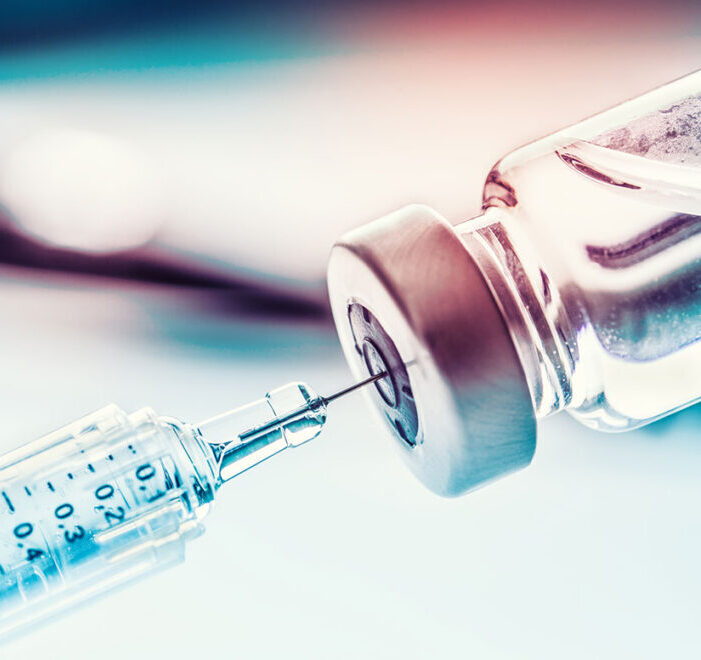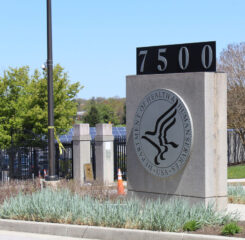Long-Awaited Release of $25.5B in Remaining Provider Relief Funds Announced
More details can be expected from HRSA in the coming weeks on the Phase 4 application but this is what we know right now:
- Eligibility: Providers who were previously eligible for PRF are eligible in this phase if they had lost revenues and/or expenses due to COVID-19 between July 1, 2020 and March 31, 2021.
- Available funds: $17B will be distributed among all applicants; $8.5B will be available only to providers serving Medicaid, CHIP and Medicare patients living in rural communities. The Rural Health Grants Eligibility Analyzer tool can be used to see what areas qualify as “rural” for the purposes of these payments. The analyzer seems to imply that the provider needs to be located in a “rural” geography vs. the patient being served residing in a rural community. LeadingAge will seek clarification on this point.
- Payments: Providers will receive a distribution that takes into account a provider’s: 1) July 1, 2020 – March 31, 2021 lost revenues and expenses related to COVID; 2) the size of their organization, with smaller organizations receiving a distribution that covers a higher percentage of their losses and expenses; and 3) Medicaid and CHIP claims. 75% of the Phase 4 payment will be based off of a provider’s lost revenues and expenses from the relevant time period and 25% will be a “bonus” payment calculated off of the amount of services providers deliver to Medicaid, CHIP and Medicare patients. HRSA implies it will apply Medicare rates to Medicaid and CHIP claims data in some way to determine this portion of the payment. Provider payments will not exceed 100% of their lost revenues and expenses for the applicable timeframe.
- Unique to Phase 4: HRSA indicates it has made some changes to focus on equity. One element is they will reimburse smaller providers for their lost revenues and COVID-19 expenses at a higher rate than larger providers. This is based upon an assumption that smaller providers’ margins are thinner. There are no details yet on how small, medium nor large will be determined or defined. In addition, HRSA will include what they call “bonus” payments to those providers who serve individuals in Medicaid, CHIP and Medicare. Therefore, it appears those who exclusively take private pay will not be eligible for these “bonuses”.
- Application: HRSA will open the Application and Attestation portal on Sept 29 for providers to submit their applications. It is not clear yet when the deadline to apply will be. However, HRSA has indicated they will wait to calculate all distributions until it receives all applications. This approach is to ensure that it stays within the prescribed fund limits established for this phase. Providers who qualify for both the general and the rural distributions can apply using a single application.
In addition to Phase 4, HRSA has shared the methodology for how it calculated the Phase 3 payments. Providers, who upon review of this information, believe that their Phase 3 payment was incorrectly calculated can submit a request for reconsideration. HRSA will be publishing more information on this process.
Finally, in recognition of current natural disasters and the rise of the Delta variant, providers who are struggling to complete their first PRF report, which is due September 30, now have a 60-day grace period to submit this first PRF report. HRSA staff provided additional information on this grace period in a Sept. 10 office hours call where they noted, “While the deadlines to use funds and the Reporting Time Period will not change, HHS will not initiate collection activities or similar enforcement actions for noncompliant providers during this grace period.” The reporting portal will remain open until 11/30/21 to allow for this grace period.
While LeadingAge acknowledges this is long overdue good news, we would be remiss if we didn’t acknowledge that a $17B Phase 4 is about $7.5B less than we anticipated would be available. In comparison to other phases, this is also the smallest amount made available in any phase while it is to cover lost revenues and expenses during a timeframe of some of the highest instances of COVID-19. In addition, this phase also only covers losses and expenses through March 31, 2021, while providers continue to incur COVID-19 losses and expenses. So, while today we celebrate this good news, tomorrow we must renew our advocacy efforts to seek more support to bridge the gap to see our aging service providers through the pandemic.

 Shutdown Week Three: Impact of Ongoing Closure on Affordable Housing
Shutdown Week Three: Impact of Ongoing Closure on Affordable Housing


